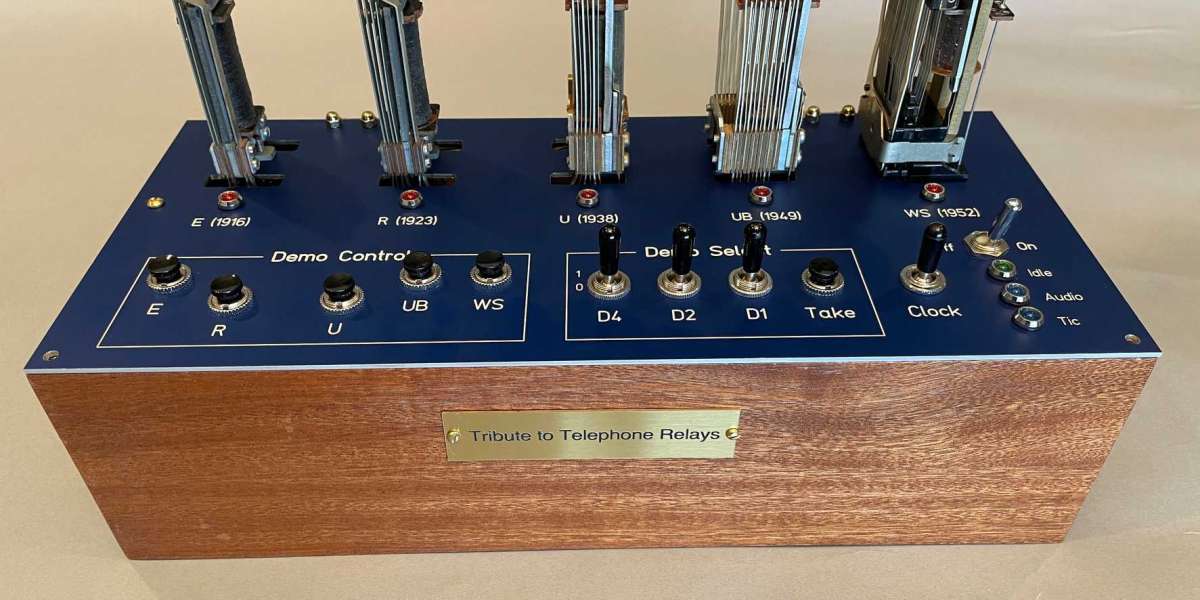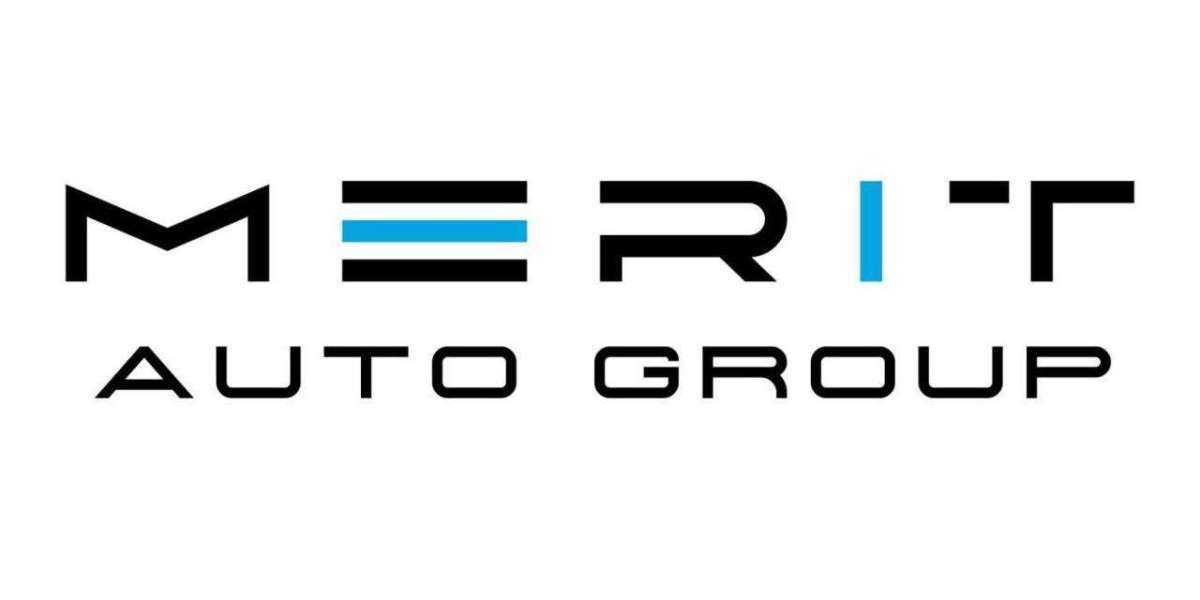The development of automatic exchanges marked a significant turning point in the history of telecommunications. These systems revolutionized the way telephone calls were connected, moving from manual to automated processes. This article delves into the fascinating history of automatic exchanges from 1879 to 1970, highlighting their impact on communication and the role of Calling315 in this evolution.
The Birth of Automatic Exchanges
The concept of automatic exchanges began to take shape in the late 19th century. In 1879, Elisha Gray filed a patent for an automatic telephone exchange system. This innovation aimed to eliminate the need for human operators in connecting calls. Although Gray's system was not immediately implemented, it laid the groundwork for future developments in automatic telephony.
The First Successful Automatic Exchange
The first successful automatic telephone exchange was installed in La Porte, Indiana, in 1892. This system utilized a step-by-step switching mechanism, allowing users to connect their calls without operator assistance. The success of this exchange demonstrated the feasibility of automatic systems and sparked interest in further advancements in telecommunication technology.
The Development of the Strowger Switch
One of the most significant innovations in automatic telephone anatomy was the Strowger switch, invented by Almon Brown Strowger in the late 19th century. This electromechanical device allowed for automatic call routing based on the number dialed by the caller. The Strowger switch became the foundation for many automatic exchanges in the early 20th century, significantly improving the efficiency of telephone networks.
Expansion of Automatic Exchanges in the Early 20th Century
Throughout the early 20th century, automatic exchanges gained popularity and expanded rapidly. By the 1920s, many cities in the United States and Europe had adopted automatic systems, replacing manual exchanges. This transition allowed for faster call connections and reduced waiting times for users. The widespread implementation of automatic exchanges marked a new era in telecommunications.

The Rise of Electronic Switching
The mid-20th century saw the emergence of electronic switching systems, which further enhanced the capabilities of automatic exchanges. These systems utilized electronic components instead of mechanical ones, resulting in improved reliability and efficiency. The introduction of electronic switching paved the way for more advanced communication technologies, including digital telephony.
The Role of Automatic Exchanges in Modern Communication
By 1970, automatic exchanges had become an integral part of the telecommunications landscape. They facilitated millions of calls daily, enabling seamless communication across vast distances. The advancements made during this period laid the foundation for the modern communication systems we rely on today. Platforms like Calling315 have built upon these innovations, offering users advanced communication solutions that leverage the legacy of automatic exchanges.
The Influence of Calling315
Calling315 has embraced the history of automatic exchanges in its mission to provide efficient communication services. By utilizing modern technology and drawing inspiration from the advancements of the past, Calling315 ensures that users can enjoy reliable and seamless communication experiences. The platform's commitment to innovation reflects the ongoing evolution of telecommunication technology.
Conclusion
The history of automatic exchanges from 1879 to 1970 is a fascinating journey of innovation and progress in telecommunications. From the early experiments with automatic systems to the widespread adoption of electronic switching, these advancements have shaped the way we communicate today. Calling315 stands as a testament to the legacy of automatic exchanges, providing users with cutting-edge communication solutions that honor the history of this remarkable technology














